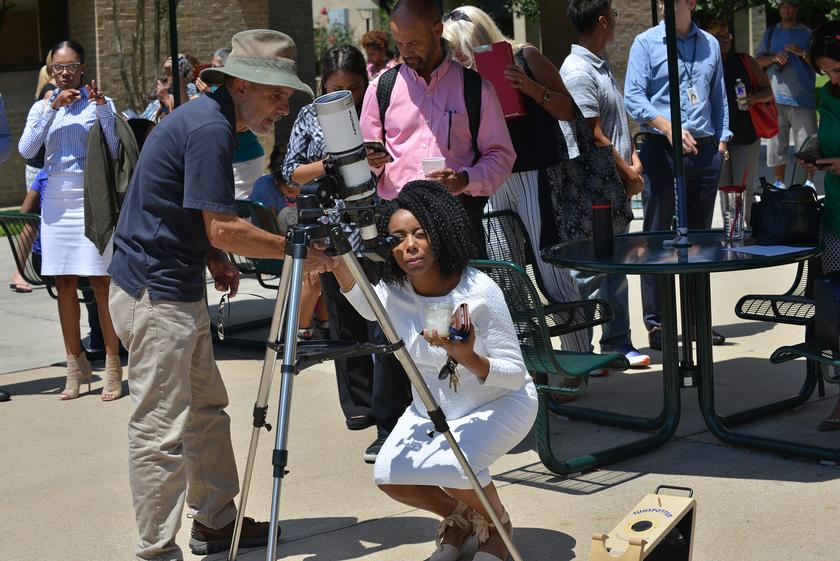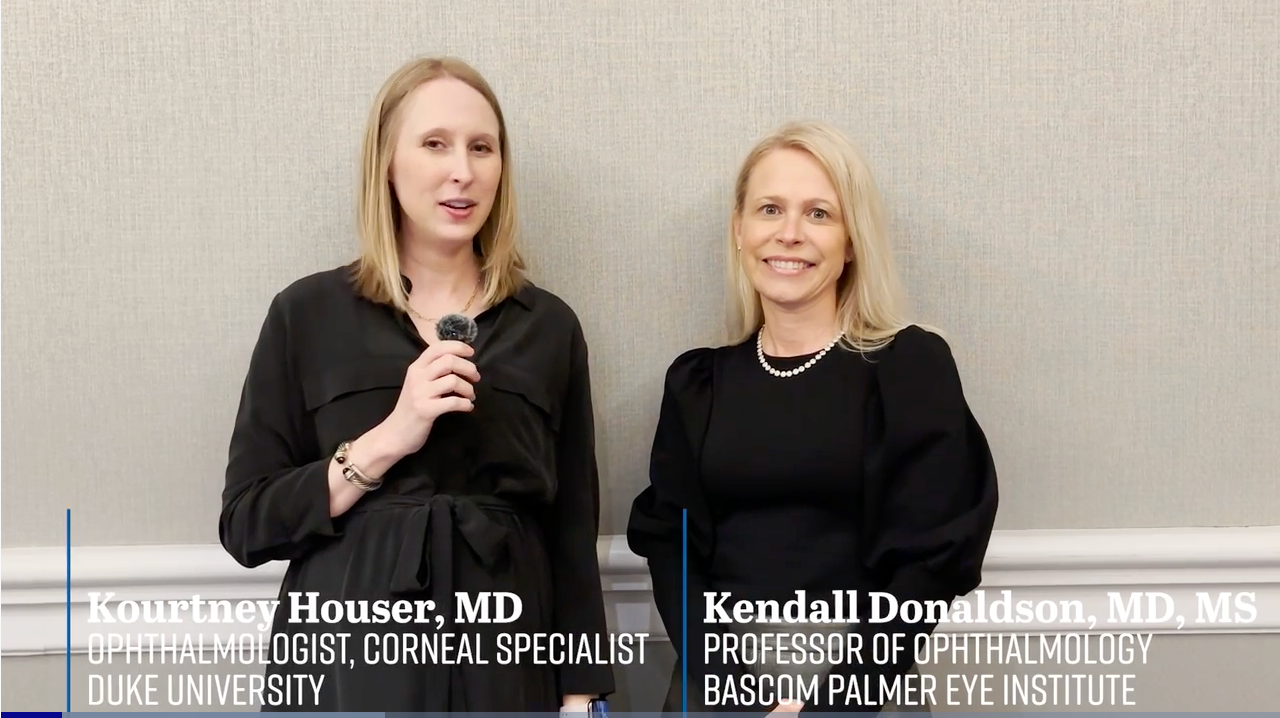
A total solar eclipse is set to cross over North America on Monday, April 8, as reported by the National Aeronautics and Space Administration (NASA). The eclipse will pass over Mexico, the United States (entering in Texas and traveling through Maine), and Canada. Residents in the Houston area, including Lone Star College, can expect to witness a partial eclipse starting around 12:20 p.m., weather permitting.
According to Katherine Keilty, Ph.D., LSC-Kingwood physics professor and physical sciences chair, a total eclipse occurs when the moon directly crosses in front of the sun and completely covers its disk, creating what is known as the path of totality. In Houston, viewers will only see a partial eclipse as the moon crosses in front of the sun without fully covering it.
The Earth-Moon-Sun alignment leads to approximately 4-6 solar and lunar eclipses per year during the eclipse season. A total eclipse provides a unique opportunity for the public to safely observe the sun’s outer atmosphere, known as the corona. Community members can witness the partial solar eclipse on April 8 from 12:30-2:30 p.m. at LSC-Kingwood.
The partial eclipse in the Houston area will begin at 12:20 p.m. and end at 3 p.m., with the peak time around 1:40 p.m. While areas like Austin, Dallas, and San Antonio may experience a darker sky, Houston will see the sun’s disk covered at 95%, resulting in a noticeable shift in sunlight and a temperature drop.
It is highly recommended by NASA experts that individuals take necessary safety precautions before viewing the partial eclipse. This includes purchasing glasses that meet the ISO 12312-2 standard, testing the glasses indoors before use, and avoiding the use of eclipse glasses with telescopes, cameras, or binoculars.
Keilty advises viewers to use solar eclipse glasses or create a pinhole projector to indirectly view the eclipse. Even a partial eclipse, she notes, is an unforgettable experience but stresses the importance of safety when observing the sun.
Astronomers use solar eclipses as opportunities to gather data about the sun’s corona and study its heating mechanism. The next total solar eclipse to cross the continental United States is scheduled for August 12, 2045. For more information and safety tips, visit Science.NASA.gov/Future-Eclipses.
For students interested in physical science courses, including chemistry, environmental science, Earth sciences, geology, physics, and the solar system, Lone Star College offers an associate of science degree program. Learn more at LoneStar.edu/Programs-of-Study/AS-Requirements.


